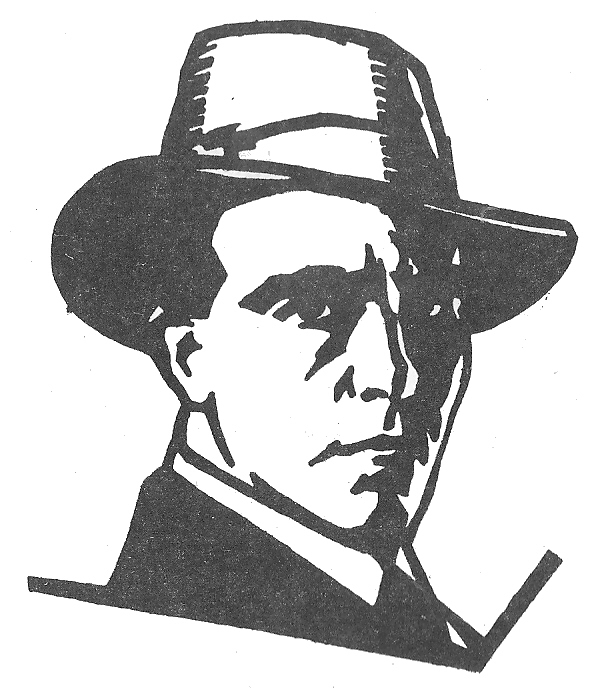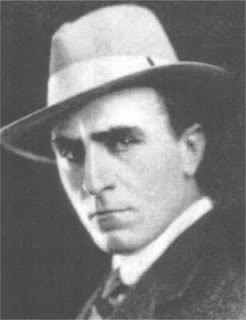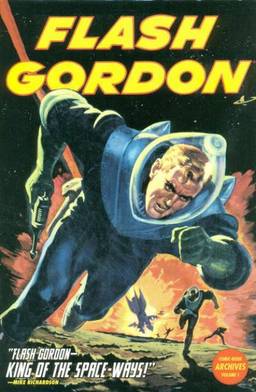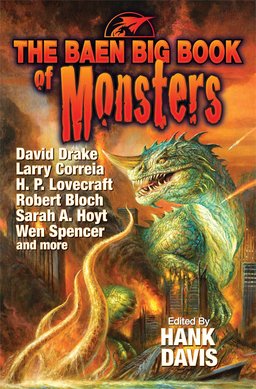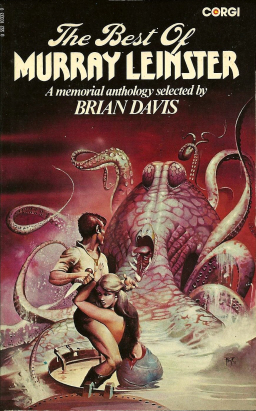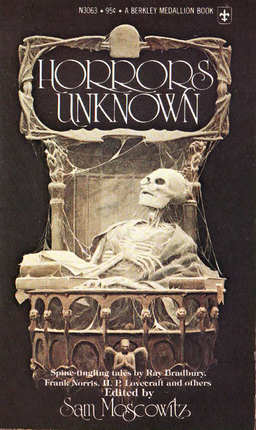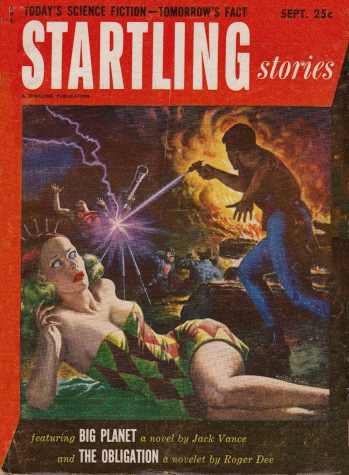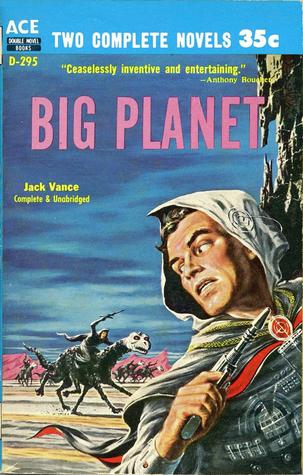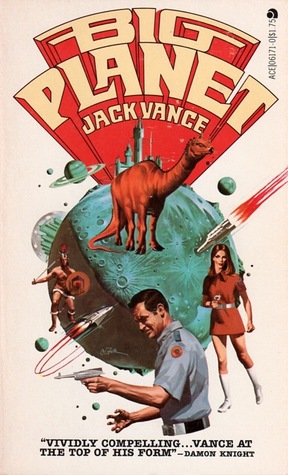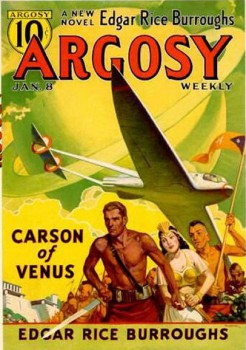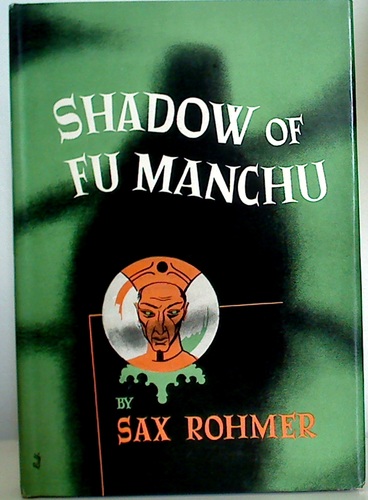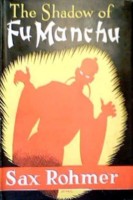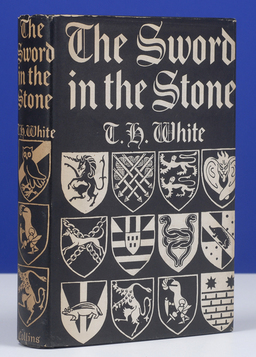Vintage Treasures: Night Fear by Frank Belknap Long
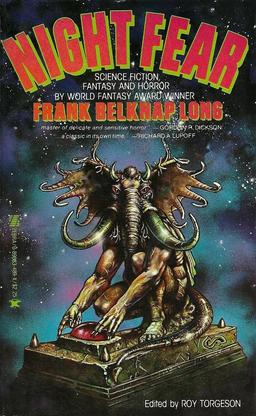 Frank Belknap Long isn’t well remembered today. He wrote nearly 30 novels, including Space Station 1 (1957), Mars is My Destination (1962), The Horror from the Hills (1963), and Survival World (1971), most of which have been out of print for over 40 years.
Frank Belknap Long isn’t well remembered today. He wrote nearly 30 novels, including Space Station 1 (1957), Mars is My Destination (1962), The Horror from the Hills (1963), and Survival World (1971), most of which have been out of print for over 40 years.
But his short fiction has fared a little better. Long was part of the Lovecraft Circle, and indeed was a close friend of Lovecraft’s for many years (James McGlothlin has a great pic of the two, accompanying his article on The Lovecraft Circle at the First World Fantasy Convention.) His contributions to the Cthulhu Mythos, including “The Hounds of Tindalos” and “The Space Eaters,” are still highly regarded today.
Long’s short fiction was gathered in four paperback collections: Odd Science Fiction (1964), The Rim of the Unknown (1972), The Hounds of Tindalos (1978) and Night Fear (1979). They are long out of print, but most of his finest short fiction was collected in Masters of the Weird Tale: Frank Belknap Long (2010), a gorgeous limited edition hardcover from Centipede Press.
Night Fear collects fiction spanning nearly three decades from 1925 to 1953, originally published in the pulp magazines Weird Tales, Astounding Science Fiction, Startling Stories, Unknown, Super Science Stories, and Dynamic Science Fiction. It includes the famous Cthulhu Mythos novella “The Horror from the Hills,” first serialized in Weird Tales in 1931 and built on a dream H. P. Lovecraft had which Long incorporated in the tale nearly verbatim, and “It’s a Tough Life,” a 1942 essay from Astounding Science-Fiction in which Long discusses L. Sprague de Camp’s 1940 article on bizarre terrestrial life.
